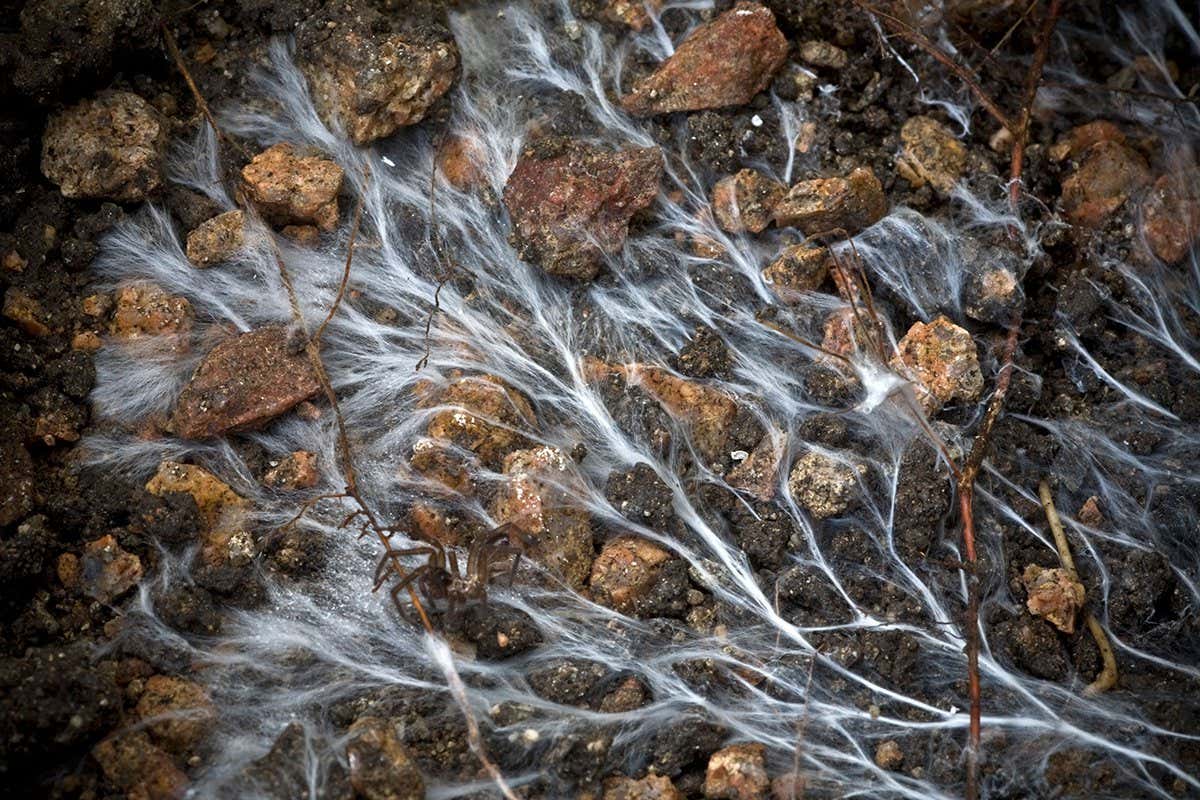Soil Fungi & Trees: More Carbon, Healthier Forests – A Symbiotic Relationship Crucial for Climate Change Mitigation
The fight against climate change requires a multifaceted approach, and a surprisingly significant player in this battle is hiding beneath our feet: soil fungi. These microscopic organisms, in a complex symbiotic relationship with trees, play a crucial role in carbon sequestration and forest health, offering a natural solution to some of our planet's most pressing environmental challenges.
The Mycorrhizal Network: A Highway for Carbon
Trees and soil fungi engage in a mutually beneficial relationship known as mycorrhizae. Mycorrhizal fungi form extensive networks of hyphae – thread-like structures – that extend far beyond the reach of tree roots. These networks act like a vast underground highway, transporting nutrients and water to trees while simultaneously facilitating the transfer of carbon from the atmosphere into the soil.
- Increased Carbon Storage: Studies show that forests with well-developed mycorrhizal networks store significantly more carbon in their soil than those with less fungal activity. This is because the fungi help stabilize soil organic matter, preventing its decomposition and release of carbon back into the atmosphere.
- Enhanced Nutrient Uptake: The fungal hyphae greatly expand the surface area available for nutrient absorption by tree roots. This improved nutrient uptake leads to healthier, more resilient trees, better equipped to withstand environmental stressors like drought and disease.
- Improved Water Retention: The fungal network enhances soil structure, improving water infiltration and retention. This is particularly crucial in arid and semi-arid regions where water scarcity is a major limiting factor for forest growth.
The Impact on Forest Health and Ecosystem Services
The benefits of this symbiotic relationship extend far beyond carbon sequestration. Healthy mycorrhizal networks contribute to:
- Increased Forest Productivity: By improving nutrient and water uptake, the fungi promote faster tree growth and overall forest productivity.
- Enhanced Biodiversity: Mycorrhizal fungi support a diverse range of soil organisms, contributing to a healthier and more resilient forest ecosystem.
- Improved Soil Stability: The fungal hyphae bind soil particles together, reducing erosion and improving soil stability.
Threats to Mycorrhizal Fungi and Conservation Efforts
Unfortunately, several factors threaten the health and diversity of mycorrhizal fungi, including:
- Deforestation: The clearing of forests destroys the fungal networks and reduces carbon sequestration potential.
- Soil Degradation: Intensive agriculture, unsustainable forestry practices, and pollution can damage soil health and negatively impact mycorrhizal fungi.
- Climate Change: Changes in temperature and precipitation patterns can alter fungal communities and their functioning.
Protecting and restoring mycorrhizal networks is crucial for maintaining healthy forests and mitigating climate change. Conservation efforts should focus on:
- Sustainable Forestry Practices: Implementing sustainable logging practices that minimize soil disturbance and protect fungal networks.
- Reforestation and Afforestation: Planting trees in degraded areas helps restore fungal communities and enhance carbon sequestration.
- Reduced Pesticide Use: Minimizing pesticide use protects beneficial soil organisms, including mycorrhizal fungi.
Conclusion: A Symbiotic Solution for a Sustainable Future
The intricate relationship between soil fungi and trees highlights the interconnectedness of life on Earth. By understanding and protecting these vital mycorrhizal networks, we can harness the power of nature to mitigate climate change, improve forest health, and create a more sustainable future. Further research into the complexities of this symbiotic relationship is crucial for developing effective conservation strategies and unlocking the full potential of this natural climate solution. Investing in research and implementing sustainable practices is essential for safeguarding these vital underground ecosystems and their contribution to a healthier planet. Let’s work together to protect this crucial symbiotic relationship for the benefit of future generations.

